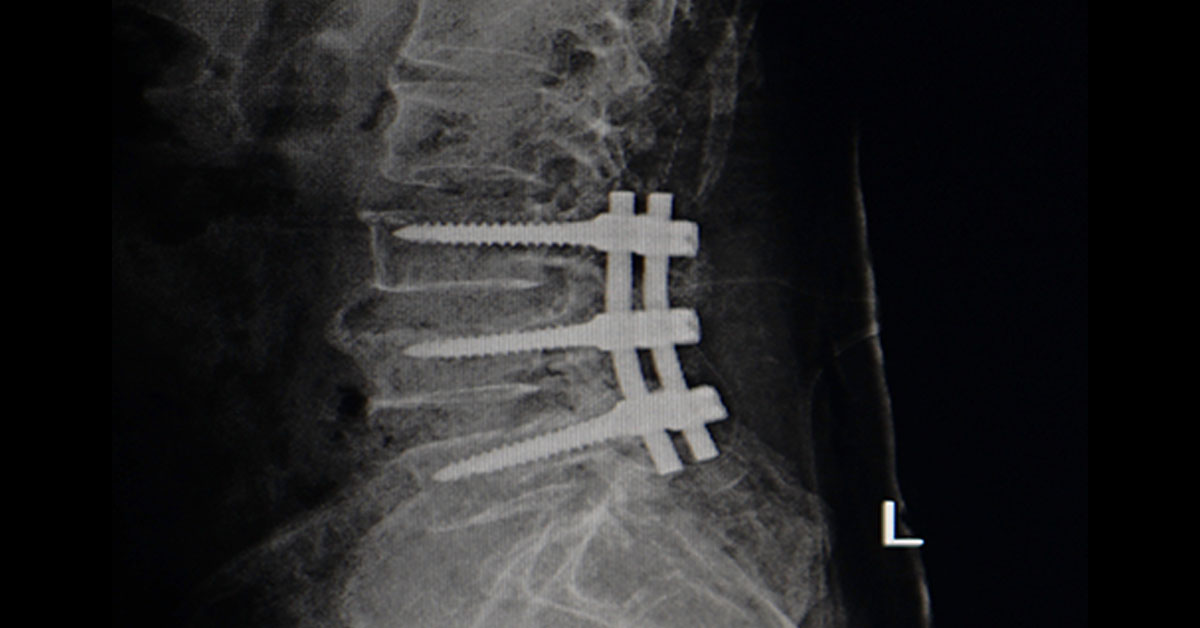
What is Lumbar Interbody Fusion?
Lumbar interbody fusion is a surgical procedure where the spinal vertebrae in the lumbar area (lower back) are fused in order to stabilise them. It is form of treatment used to treat back or leg pain due to degenerative disc disease.
Indications
Lumbar interbody fusion is performed when the intervertebral disc is degenerated resulting in instability of the spine. Conditions such as large intervetebral discs may also need this surgery.
Types of Lumbar Interbody Fusion
Broadly classified, there are 2 main types of LIF - Anterior and posterior. This classification is based on the approach that is adopted to access the spine. The anterior approach is performed by accessing the spine through the abdomen, while the posterior approach is performed through the back.
How is LIF performed?
Prior to the procedure, consent is obtained and the patient is administered a general anaesthetic agent. Depending on the approach, the skin over the abdomen or back is cleaned with antiseptic solution. The patient is placed either on their back (for anterior approach) or on their front (for posterior approach).
In the anterior approach, once the skin is incised, the muscles and blood vessels that are present are moved in order to get access to the spine. The degenerated disc is removed and the space is replaced with temporary 'spacers' that help to align the vertebra in the required position. This helps relieve any pressure on the nerves, and can reduce pain. These temporary spaces are then replaced by small cages (called interbody cages) that contain bone graft. These cages are then screwed into place. Sometimes, rods may be needed to further stabilize the spine.
The posterior approach is exactly the same, except for the way to spine is approached.
Once the procedure is complete, the patient is observed for a short period of time and then discharged home.
Recovery
Recovery can take a few weeks to months. The bone graft within the cage grows over time, and will cause fusion of the vertebra. This stabilizes the spine permanently.
Benefits of LIF
The benefits are more with the anterior approach than with the posterior approach. The anterior approach does not damage any nerves that lie near the spine. The bone graft that is inserted is compressed, and studies show that compressed bone grafts tend to fuse the vertebra better.
Risks
With the anterior approach, there is a chance of injury to the large blood vessels that are present within the abdomen, and often surgery requires the presence of a vascular surgeon. In men, there may be damage to the nerves that supply the penis, and can cause a condition called retrograde ejaculation. This risk is extremely rare. The posterior approach can result in a suboptimal result as only a small part of the disc can be removed. Complete fusion may not occur, and will require repeat surgery sometimes.




